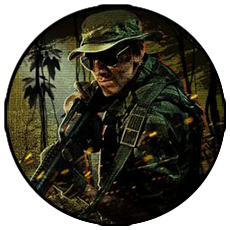
He wanted to create a program that could calculate freight costs for his main company. Sir-Tech began as a secondary company for Frederick Sirotek. The book is meant to highlight the specific aspects of JA2 that it excels at, which happen to be the same aspects that many contemporary games fail in. Kazemi’s reason for writing the book is to shine a light on one of his favorite games that he feels has been overlooked. Online and digital distribution has allowed for game developers to release their “small” game to a much larger audience than was ever possible in the 90’s. This lead to a resurgence of the “indie” type of game development that was lost in the 90’s. However in the 2000’s, the creation of Valve’s Steam client offered the ability to purchase games digitally and thus without the need to have games be distributed to retailers. AAA and slightly smaller big developers were the only ones left to make games. So many of the smaller developers like Sir-Tech began to disappear. Games now had a very short window to sell in the larger stores like Wal-Mart which meant that smaller developers received less of a chance for their game to be seen especially when larger publishers like EA were able to make deals with these retailers due to their larger market share in the industry. This meant that games could no longer sit on shelved for months at a time in hopes that eventually a customer might come across it and purchase the game. The game industry and the retail industry in the 1990’s were starting to grow larger, and so both smaller developers and smaller mom and pop stores were beginning to be replaced by these larger counterparts. also goes a long way to making that game feel more grounded in reality. Including serious subjects like racism, sexism, child labor, etc. The example Kazemi gives about the relationship between the two characters Vicki and Gasket shows a really interesting attempt at creating a unique relationship between the characters that would probably occur in real life.


The “realism” aspects of JA2, at least the way described in the book, do seem to create a fairly “realistic” portrayal of how people interact and respond to one another. The game attempts to embrace the differences between these many cultures rather than try to make the different characters all assimilate into one identity. The group of mercenaries come from varying locations and nations, all while maintaining the qualities that their differing origins instilled in them. JA1 and JA2 feel very “Canadian” because they employ the use of Canada’s multiculturalism ideals in its characters.


 0 kommentar(er)
0 kommentar(er)
